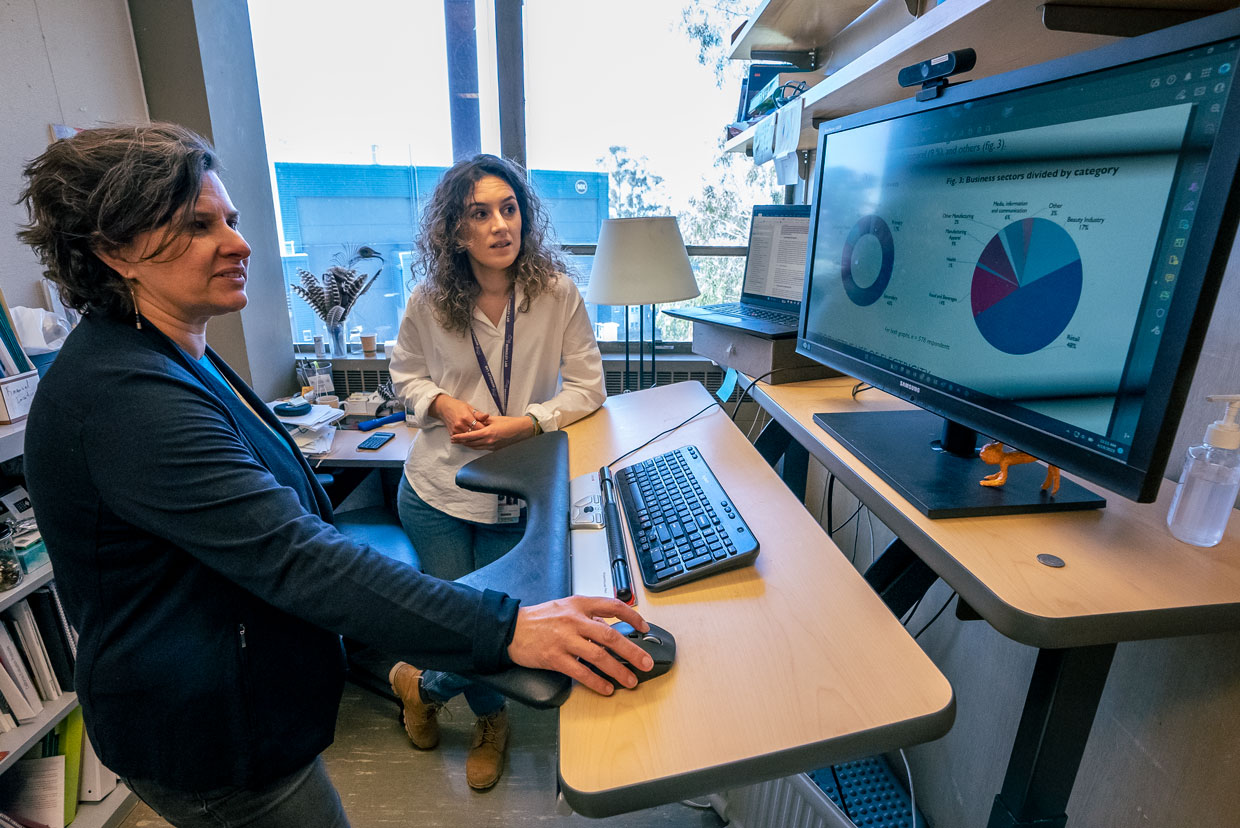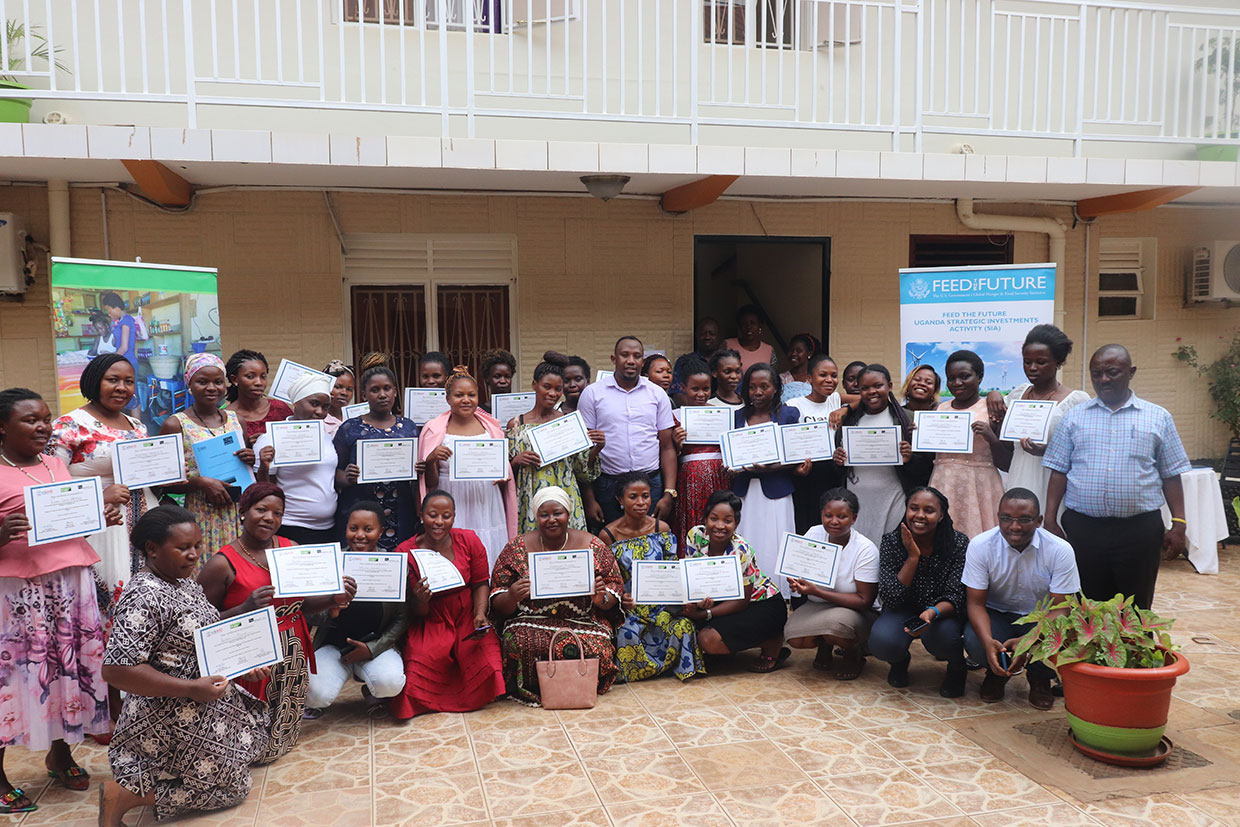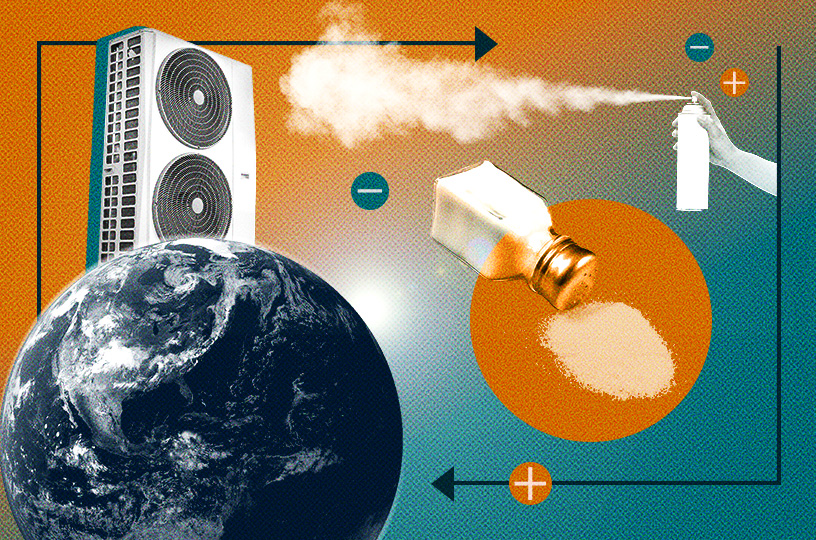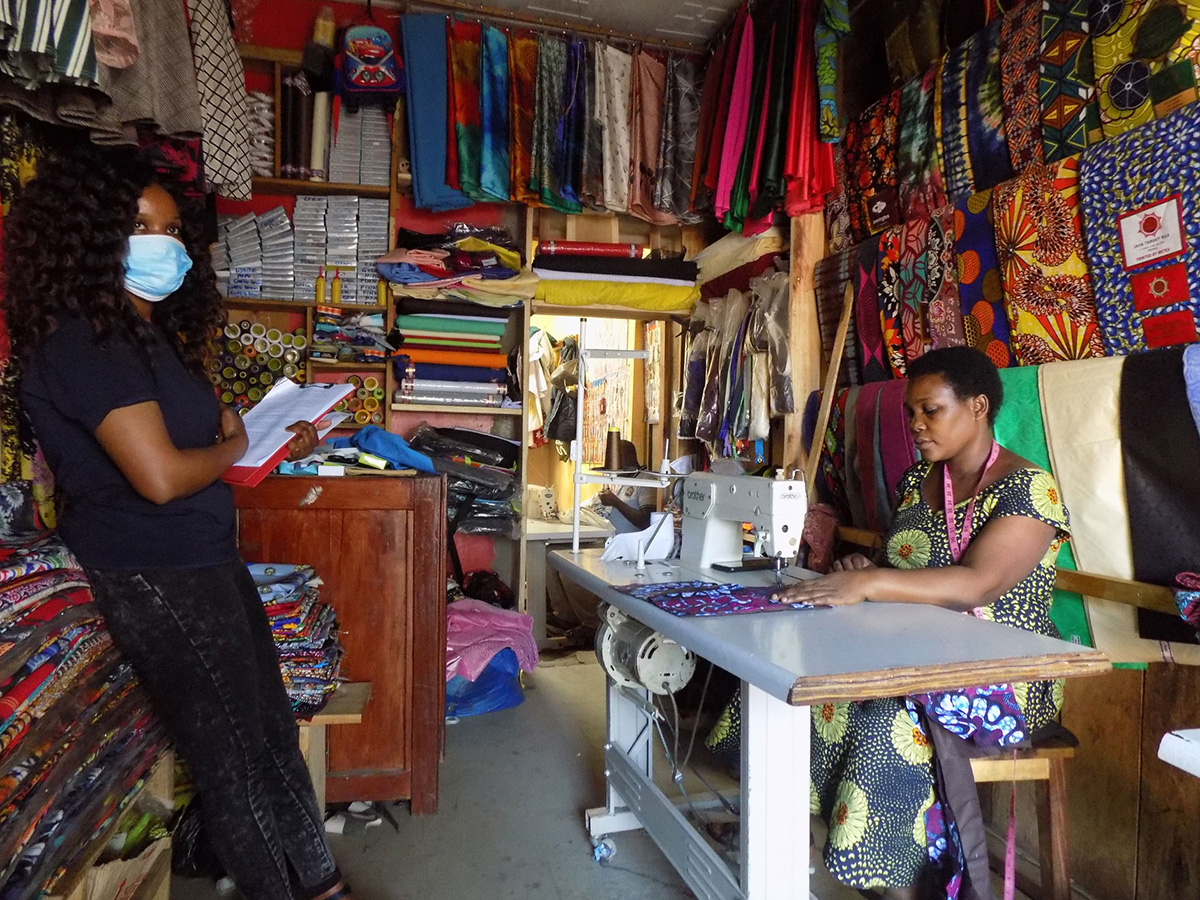Women who run small businesses in Uganda can build energy efficiency into their business plans thanks to a new project led by Lawrence Berkeley National Laboratory (Berkeley Lab) and the U.S. Agency for International Development (USAID), in partnership with Clean Energy Enthusiasts (CEE), an energy advisory company based in Uganda.
According to the World Bank, one in three of all businesses in Uganda are owned by women, but most of these women-owned businesses are smaller and less profitable than businesses owned by men. Helping these women invest in energy-efficient technology could benefit them and their communities.
The Energy Empowers East Africa (EEEA) project, which is funded by USAID and is part of the Energy Efficiency for Development (EE4D) program, aims to harness the business benefits of modern energy access for women and enhance their role as agents of change in promoting clean, affordable, and efficient energy use in East Africa.
“Historically, modern electrical appliances have provided a lot of freedom for women. In Africa, many women still expend a lot of time and energy doing manual work,” said Ingrid Xhafa, scientific engineering associate in Berkeley Lab’s Energy Technologies Area. “We’re confident that enabling women to invest in energy-efficient electrical equipment – like refrigerators and freezers, kettles, and sewing machines – in lieu of manual equipment or equipment that uses fossil fuels – is not only better for their own well-being and business practices, it’s also better for the climate.”

“We’re confident that enabling women to invest in energy-efficient electric equipment – like refrigerators and freezers, kettles, and sewing machines – in lieu of manual equipment or equipment that uses fossil fuels – is not only better for their own well-being and business practices, it’s also better for the climate.”
– Ingrid Xhafa, scientific engineering associate, Energy Technologies Area
Even though 99% of the women-owned businesses surveyed for the EEEA project are connected to the grid, their electricity consumption is very low, averaging at 50 kilowatt hours per month (which is equivalent to the amount of electricity consumed in a month by a refrigerator in an American household on average), Xhafa said.
“Through this project, we are looking at electricity access beyond connectivity. We are interested in understanding what this electricity is being used for. Is it for lighting only? Can we introduce efficient equipment and technology that increases productivity and enables women business owners to produce more products or serve a larger number of customers, and subsequently generate more profit?” Xhafa explained.
In Uganda, 80% of electricity is generated by hydropower, a type of energy that uses the natural flow of moving water to produce electricity. But low demand has driven up the price of this clean energy. “The lack of opportunities to productively use electricity means that electricity consumption is also low, and such low demand drives up the price of electricity,” explained Stephane de la Rue du Can, an Energy Technologies Area research scientist and leading climate expert who manages the project for Berkeley Lab.

“The main issue we are trying to address through this project is the lack of programs available to help communities in East Africa – and in particular women – have better access to energy as well as training in energy-efficient business practices,” de la Rue du Can added. “This project shows that women business owners not only benefit from energy access, but they can also help to strengthen the economy by promoting the efficient and productive use of energy.”
“This project shows that women business owners not only benefit from energy access, but they can also help to strengthen the economy by promoting the efficient and productive use of energy.”
– Stephane de la Rue du Can, research scientist, Energy Technologies Area
Plugging into a brighter future
The research team wanted to get a better sense of the women’s financial barriers and other such hurdles to accessing electricity and energy-efficient electrical appliances. So when the project began in Uganda last year, Xhafa and de la Rue du Can worked with CEE to develop a large community-based survey.
The researchers learned that most of the women business owners who responded to the survey “are young and have an entrepreneurial mindset, and juggle a lot of responsibilities like raising children while running a business,” Xhafa noted. Most of the women have had few opportunities to acquire a formal education, so they are “very excited about getting trained on business practices such as record keeping,” she added.
The survey also served as an energy audit, which helped the researchers gain a better understanding of the types of equipment the women currently have, the rate at which that equipment consumes energy, and whether they use any non-electrical energy sources, such as carbon-rich charcoal or liquid fuels like kerosene.
In addition to the survey, the Berkeley Lab researchers helped develop cost-benefit-analysis and training materials.
From September to December last year, those training materials went into action when the CEE team in Uganda trained 240 women entrepreneurs during weeklong sessions in eight districts throughout southwest Uganda. Participants learned how to develop business plans, and assess the costs and benefits of investing in energy-efficient electrical equipment.

“A lot of the women opened up about their personal lives when describing their motivation to start a business. It’s really inspiring to see how resilient they are despite their challenges, and that they have undertaken a really empowering initiative to run their own business and provide for their own families,” Xhafa said.
The energy-efficiency training not only helps the women grow their businesses but can also help to advance global efforts against climate change. “Energy efficiency is a key strategy in decarbonizing,” added de la Rue du Can. Last year, she served as lead author on the decarbonizing industry chapter in the United Nations’ Sixth Assessment Report on climate change. (Findings from that report served as a guiding post for a recent Intergovernmental Panel on Climate Change report, which warns of a warming world exceeding a critical threshold of 1.5 degrees Celsius above pre-industrial levels if greenhouse gas emissions aren’t cut in half by 2030.)
Charging ahead
After months of collaborating with their Ugandan counterparts during Zoom meetings at the break of dawn, the Berkeley Lab researchers had hoped to attend last year’s fall training in person, but an Ebola outbreak changed their plans. They will have another chance this summer: The team plans to hold a workshop geared at developing a national action plan that would increase women entrepreneurs’ access to productive and energy-efficient equipment.
“The partnership that we have with our counterparts in Uganda is extremely constructive. The fact that we worked so closely with people who are on the other side of the world but still feel like we are making an impact – despite the challenges of the pandemic and the Ebola outbreak – has been a unique and rewarding experience for me,” de la Rue du Can said.
“What’s been really rewarding for me is that we are co-creating knowledge,” added Xhafa, who in addition to her work on the EEEA project also serves as a program manager for C2C (Cradle to Commerce), a clean tech accelerator program led by Berkeley Lab. “75% of these women have families and they juggle managing a business, a household, and raising kids. Much of the money women entrepreneurs in Uganda save through energy-efficiency investments not only goes into hiring employees and growing their businesses but also to educate the next generation and support family members. Investing in energy-efficient equipment also helps the climate by reducing their business’s carbon footprint. It’s a chain reaction.”
The Berkeley Lab researchers hope to write a scientific paper about their work in Uganda. The team is also looking to expand the program to Kenya. “Through data collection and evidence-based programming, our research could help government and energy development practitioners alike have a better understanding of how equitable access to energy and modern energy technologies can influence economic development and empowerment,” Xhafa said.
“Much of the money women entrepreneurs in Uganda save through energy-efficiency investments not only goes into hiring employees and growing their businesses but also to educate the next generation and support family members. Investing in energy-efficient equipment also helps the climate by reducing their business’s carbon footprint. It’s a chain reaction.”
– Ingrid Xhafa, scientific engineering associate, Energy Technologies Area
Additional information:
“Boosting Women-Owned Small Businesses’ Competitiveness through Energy Efficiency,” USAID news release, March 28, 2023
###
Founded in 1931 on the belief that the biggest scientific challenges are best addressed by teams, Lawrence Berkeley National Laboratory and its scientists have been recognized with 16 Nobel Prizes. Today, Berkeley Lab researchers develop sustainable energy and environmental solutions, create useful new materials, advance the frontiers of computing, and probe the mysteries of life, matter, and the universe. Scientists from around the world rely on the Lab’s facilities for their own discovery science. Berkeley Lab is a multiprogram national laboratory, managed by the University of California for the U.S. Department of Energy’s Office of Science.
DOE’s Office of Science is the single largest supporter of basic research in the physical sciences in the United States, and is working to address some of the most pressing challenges of our time. For more information, please visit energy.gov/science.



